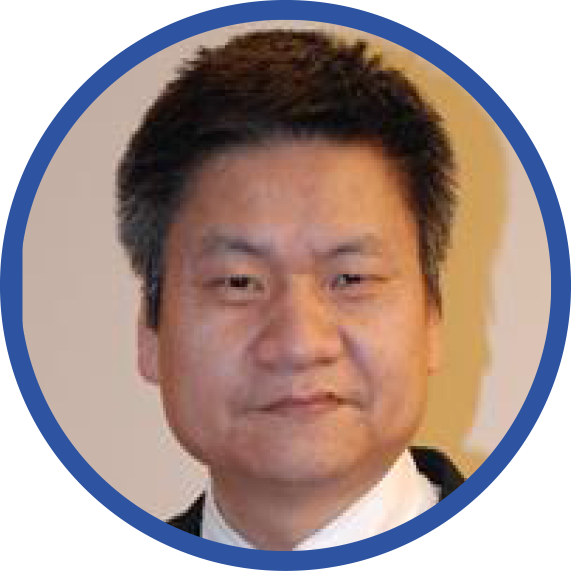
Yongfeng Lu
University of Nebraska-Lincoln United States
Biography:
Dr. Yongfeng Lu is currently the Lott Distinguished Professor of Engineering at the University ofNebraska-Lincoln (UNL). He received his bachelor’s degree from Tsinghua University (China) in 1984and M.Sc. and Ph.D. degrees from Osaka University (Japan) in 1988 and 1991, all in electricalengineering. From 1991 to 2002, he was a faculty in the Department of Electrical and ComputerEngineering at National University of Singapore. He joined the Department of Electrical Engineering atUNL in 2002. He has more than 30 years of experience in processing and characterization ofmicro/nanostructured materials. He served as the President of the Laser Institute of America (LIA) in2014 and the President of International Academy of Photonics and Laser Engineering (IAPLE, UK).He has been elected to SPIE fellow, LIA fellow, OSA fellow, and IAPLE fellow. He is also the recipientof the prestigious Schawlow Award of LIA in 2016.
Speech Title:
Laser-Induced Chemical Vapor Deposition
Abstract:
Laser-induced chemical vapor deposition (LCVD) offers a transformative approach to synthesizingadvanced materials with precise control over composition and structure, leveraging laser resonantexcitations to enhance reaction efficiency and material properties. This study explores LCVD fordiamond deposition, achieving high-quality films through resonant excitation of precursor gases (e.g.,C2H₄) at specific wavelengths, promoting selective bond breaking and nucleation at rates exceedingtraditional thermal CVD. We demonstrated boron doping in diamond by co-introducing B₂H₆, enablingp-type conductivity with high doping levels, critical for high-power electronics, while maintaining filmintegrity. Nitrogen doping is achieved using NH₃ precursor, introducing N doping centers highconcentrations, enhancing diamond’s potential for quantum sensing applications. Additionally, weextended LCVD to low-temperature gallium nitride (GaN) deposition to deposit crystalline GaN at400-500°C—50% below conventional MOCVD temperatures—retaining high electron mobility for optoelectronic devices. These advancements reduce energy costs, enable heteroepitaxy on temperature-sensitive substrates, and broaden material applications. By integrating laser resonantexcitations, this LCVD approach provides a scalable, energy-efficient platform for next-generationsemiconductor and quantum materials, with implications for electronics, sensors, and energytechnologies.